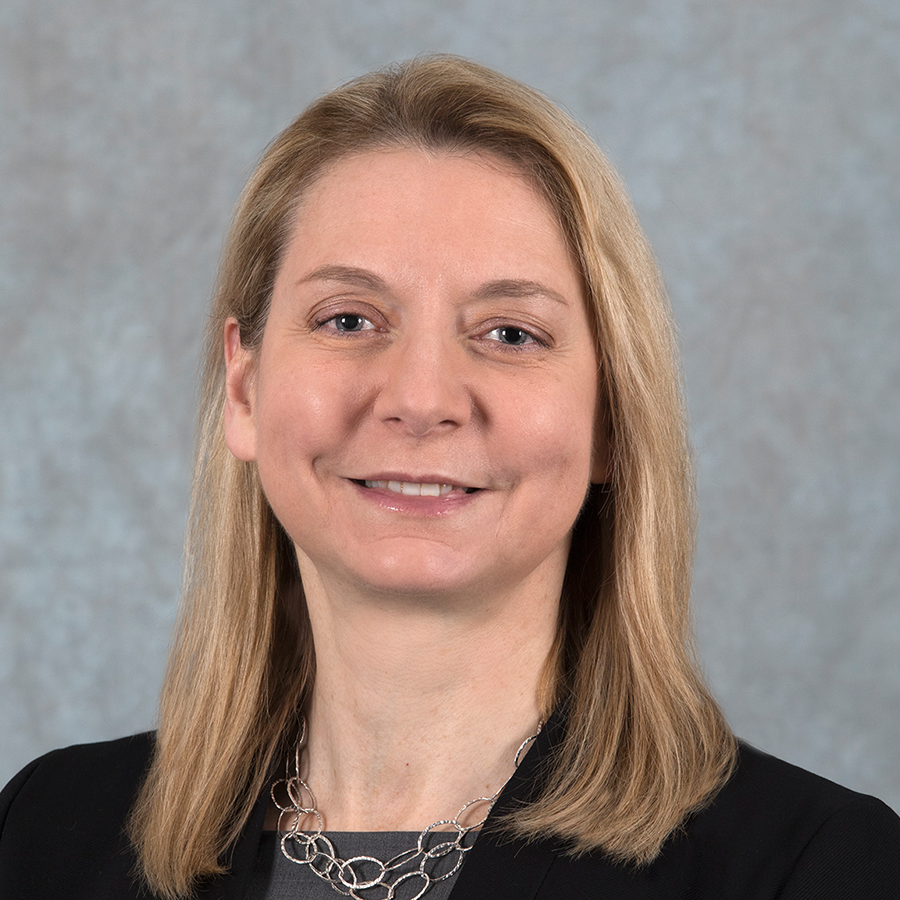FDA officials, including the directors of CBER and CDER, on Wednesday launched a rare disease innovation hub at a public meeting, with an aim to better collaborate and communicate across the two centers.
The hub will work across different rare diseases, the vast majority of which do not have any treatment. The FDA said it will “particularly focus on products intended for smaller populations” or for diseases in which the natural history is not well understood.
The FDA’s leaders stressed that the hub still needs an official leader — it’s hiring a director of strategic engagement — to advance the collaboration while noting that Congress did not provide any additional funding for the hub’s creation.
Peter Marks, director of the FDA’s biologics center, said the hub won’t be considered a Center of Excellence, but it essentially is one that will provide more uniform responses to sponsors in tandem with CDER. The FDA’s Oncology Center of Excellence, which has created new programs to speed cancer therapies to market, is the model of such centers.
The hub “will bring us the coordination between the centers that I think will really make sure that things like biomarkers are coordinated,” Marks said at the beginning of Wednesday’s meeting. He added that CDER and CBER reporting structures won’t be disrupted but there will be more collaboration.
 Patrizia Cavazzoni
Patrizia CavazzoniCDER Director Patrizia Cavazzoni said the meeting exemplifies how the hub “will turbo-charge our activities across centers. We really want to listen.”
But Cavazzoni and Marks also asked for patience.
“We’re in startup mode,” Cavazzoni said, noting that the FDA has already set up and held meetings for an internal rare disease policy and program council across CDER and CBER.
“There will be differences between gene therapies and protein therapeutics and small molecules,” Marks said. “That may mean that sometimes an endpoint or policy may have to be different, but again, we’re committed to being transparent about this.”
Julie Tierney, deputy center director at CBER, also said that this is the beginning for the hub and that the FDA understands the urgency.
The remainder of the meeting included 41 speakers — from patient groups to industry — discussing everything from the rare diseases of their children to ways that the FDA can be more nimble. The agency said it received more than 200 requests to participate in the meeting.
Some speakers sought improved consistencies across the FDA drug and biologic centers, citing the need to establish regular and transparent lines of communication with sponsors. Others requested a roadmap for the hub’s short and long-term goals. Comments on the docket are still open, according to the FDA.